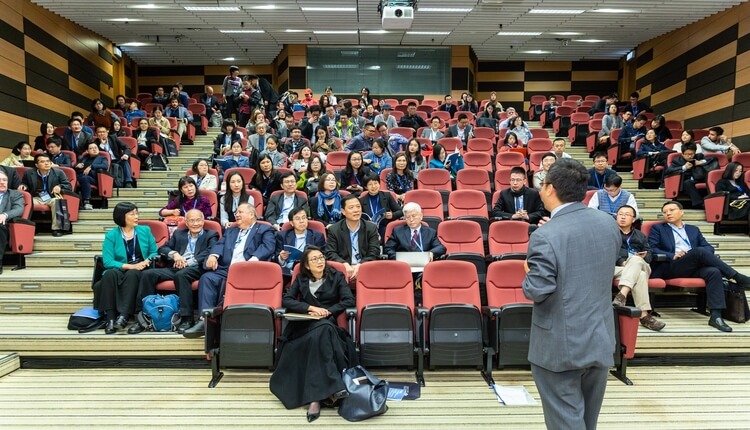Tips for Chairing a Plenary Session at Academic Conferences

What is a Plenary Session?
You’ve been invited to chair the plenary session at an academic conference. It is scheduled to take place at the top of the conference agenda, and will be a discussion of general issues, featuring prominent leaders in their respective fields of study (although they can also be scheduled at the end to announce specific topics). Plenary sessions are designed to offer a different format than the traditional “single or dual presenter with PowerPoint” model, and have some specific requirements for the chairperson:
- It’s not a keynote, so there’s no formal presentation to be made.
- Introduce the panel members with brief biographies—do your homework!
- Have questions prepared but also be willing to deliver clarifying and follow-up questions in response to the dialog between panelists.
- Make closing remarks.
Six Tips for Success
With the larger audience of a general session, success comes in the form of judicious management of the panelists, the audience, and the time available. Your panelists may well be leaders in their respective fields, and audience members will be eager to hear their thoughts on the current state and future directions of those fields. As such, your job will be to ensure that questions are answered fully but briefly, and that off-topic deviations are kept to a minimum:
- Keep the panelist introductions brief—their biographies are in the conference material, and the audience is here to participate in the discussion, not listen to lists of achievements.
- Keep the panelists focused in their responses to questions, and encourage opposing viewpoints.
- If panelists are scheduled to deliver more detailed presentations or workshops during the conference, refer audience members with specific detailed questions to those sessions where appropriate (the panelists will appreciate the discrete promotion).
- Agree in advance on the Q&A format:
- Audience questions submitted in advance
- Audience questions throughout the session
- Separate Q&A session at the end
- Keep audience members focused on brief questions rather than grabbing the spotlight to feature their own research.
- Remember that you are responsible for setting the tone for the session: professional, proficient, and productive.
It’s All About Facilitation
You’re not the “sage on the stage” here. You have a position of respect but also responsibility to ensure that the audience gets value for their time and money. Concentrate on facilitating the discussion and flow of information. If your plenary session is scheduled at the start of the conference, you will have the added pressure of setting the tone for the remainder of the agenda, so try and deliver as much knowledge and value in that opening session as possible. One should remember that the attendees aren’t there for the food!









